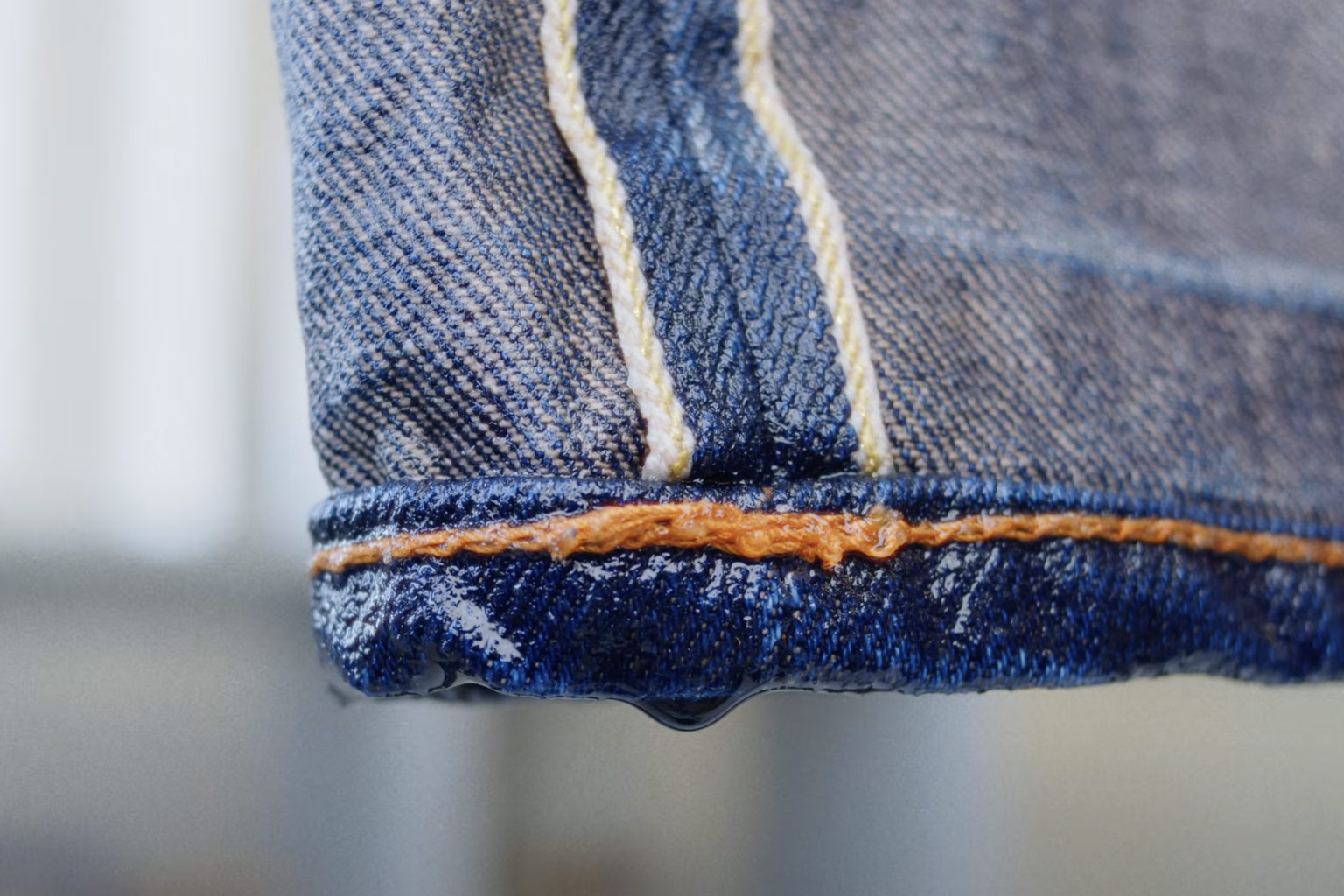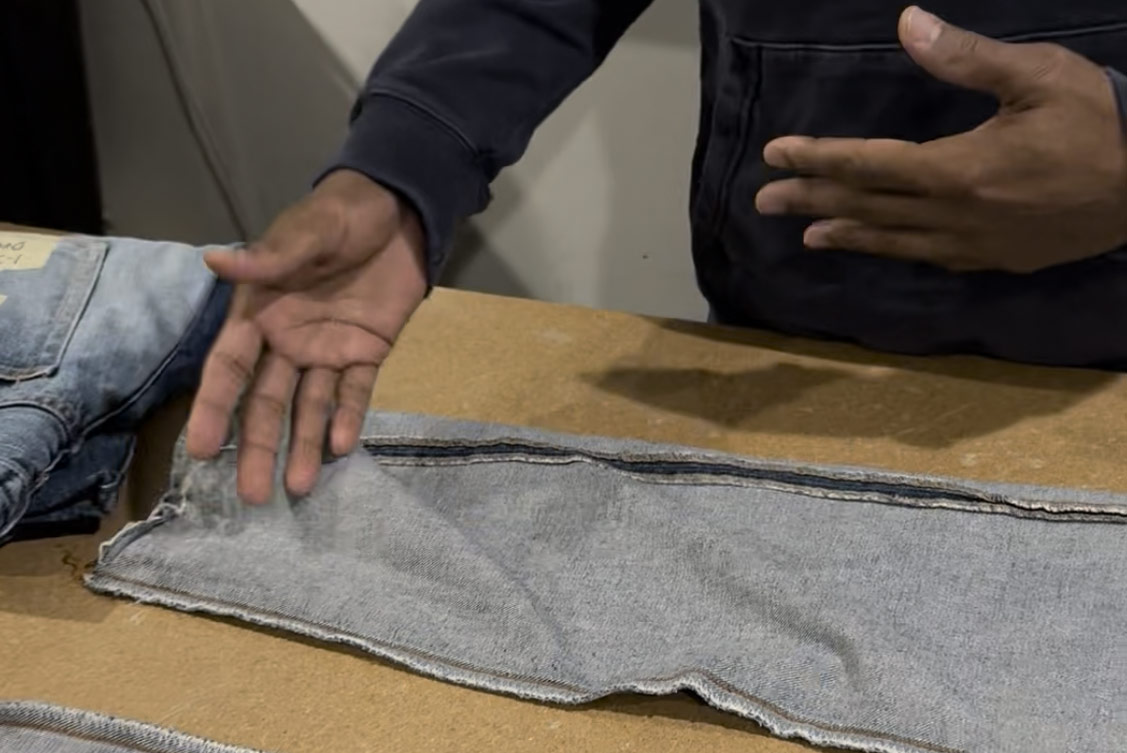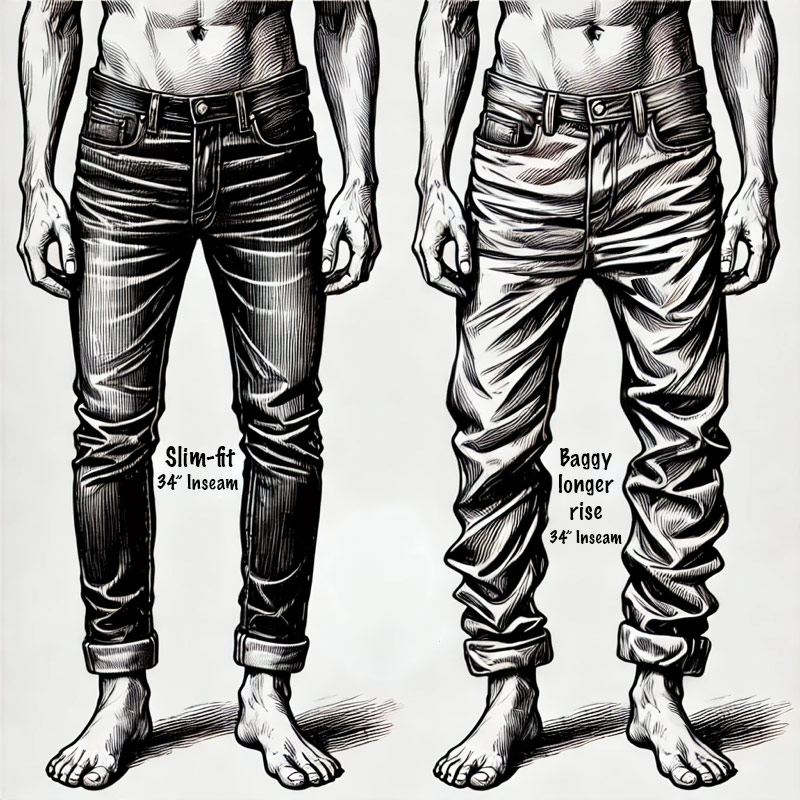
At Williamsburg Garment Company, we’ve spent years perfecting denim fit. Whether it’s hemming selvedge, tapering heavyweight raw denim, or completely re-engineering the shape of jeans, we’ve become the go-to name in denim alterations across the U.S. Recently, we’ve taken what we do best and combined it with something new—but long overdue: selling premium jeans from other top-tier brands directly through our platform and studio.
This is not your typical retail expansion. What sets WGC apart is that we’re not just a place to buy jeans—we’re the place to make them fit perfectly. No other denim retailer in the country offers this level of specialized tailoring in-house. Big-box stores might provide alterations, but their tailors aren’t trained in denim construction. While specialty denim shops may offer high-quality jeans, their tailors typically only perform basic chainstitch hemming and maybe repairs. Williamsburg Garment Company is something entirely different. We are a small denim factory. We sew jeans from scratch. We have the machines, the expertise, and a team led by a legendary designer who understands every part of a jean’s construction.
Now, customers can shop from a curated collection of hard-to-find brands and have them tailored by the most capable denim experts in the country—before the jeans ever leave our shop.
The first brand in our new lineup was TCB Jeans, a company out of Kojima, Japan that builds its reputation on craftsmanship, historical research, and dedication to the original spirit of American denim. TCB specializes in reproduction jeans—faithful recreations of denim from the 1940s, ’50s, and ’60s, made with remarkable attention to period-correct details. That means everything from the fabric weave to the thread gauge, from the rivets to the paper patch, is chosen to match garments from the original era.
We were introduced to TCB by one of our team members, Amalia Nissan, who began working with us after returning from a sourcing trip to Japan. Already a fan of TCB’s 50s jeans—and a serious denim enthusiast—she took it upon herself to meet with factories, tour workshops, and build relationships with makers who live and breathe reproduction denim. TCB stood out from the rest—not just for their product, but for their clear dedication to denim that’s made to be worn hard and lived in.
That philosophy matches our own. We don’t believe in precious jeans meant to sit on a shelf. We believe in garments that are worn, faded, repaired, and reshaped over time. And we believe the right pair of jeans doesn’t just fit—it becomes part of your life.
By offering TCB Jeans at Williamsburg Garment Company, we’re creating a new experience for denim lovers. You no longer have to buy jeans from one shop and send them to another for proper alterations. Now you can buy and tailor in one place—with no compromises in craftsmanship, detail, or fit.
Shop or find out more about TCB Jeans →
TCB was the perfect brand to kick off our retail expansion—not just because of their product, but because of what they represent. Their commitment to historical accuracy, quality craftsmanship, and denim that’s meant to be truly worn mirrors everything we stand for at Williamsburg Garment Company. Like us, they believe jeans should be built with purpose, designed with care, and lived in fully. Starting with TCB set the tone for the kind of brands we’re proud to carry: those that value authenticity, make no compromises in construction, and understand that the best jeans are the ones that become part of your everyday life.











